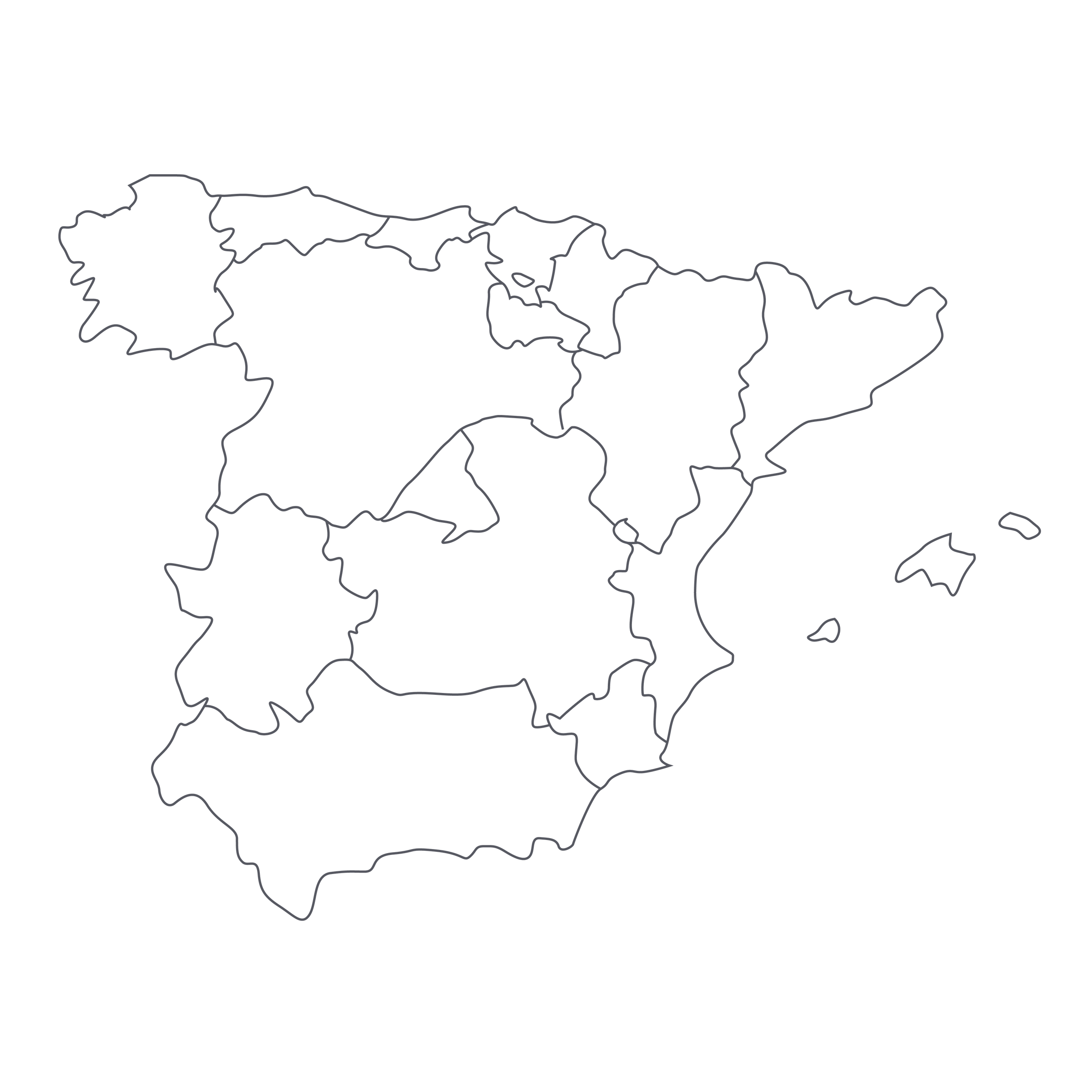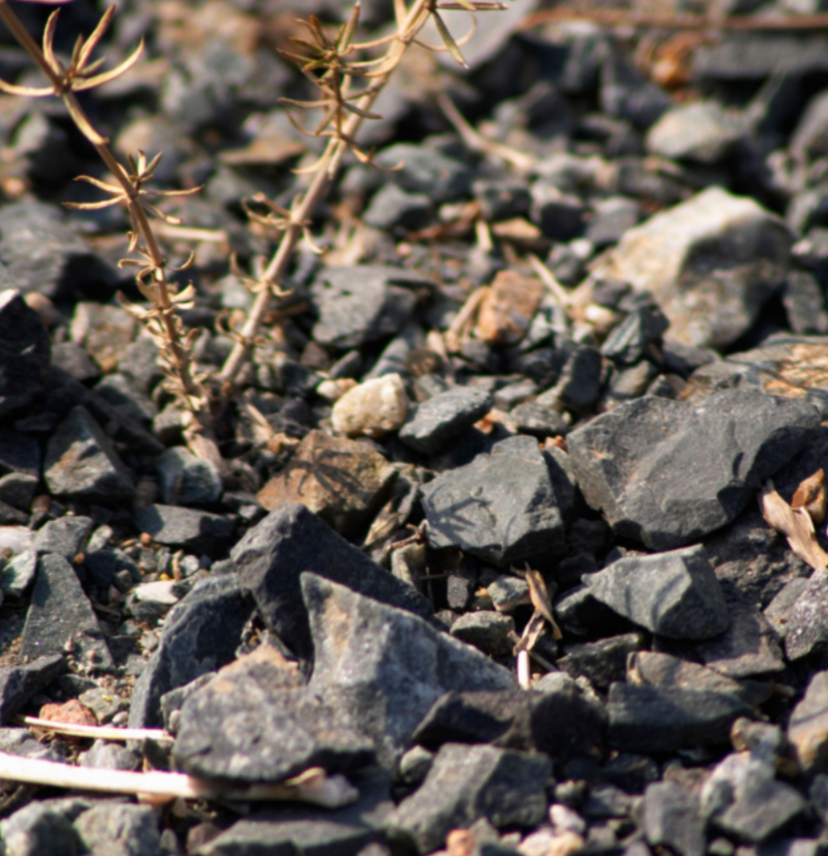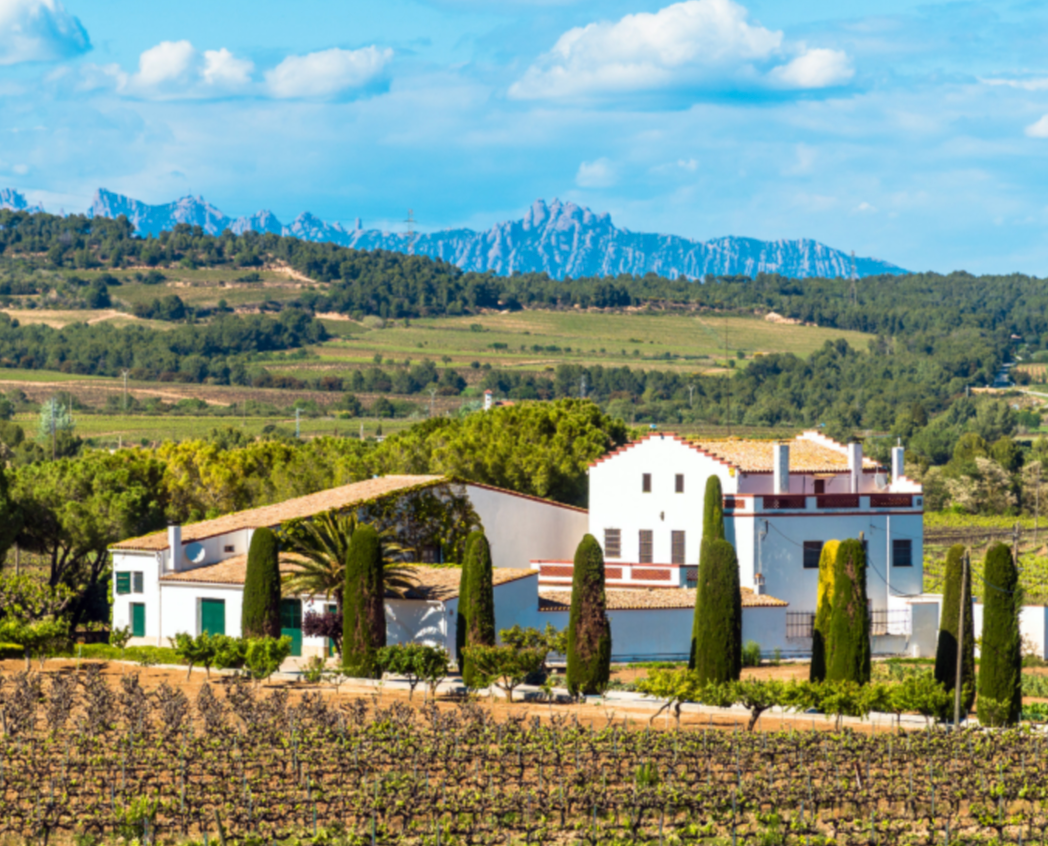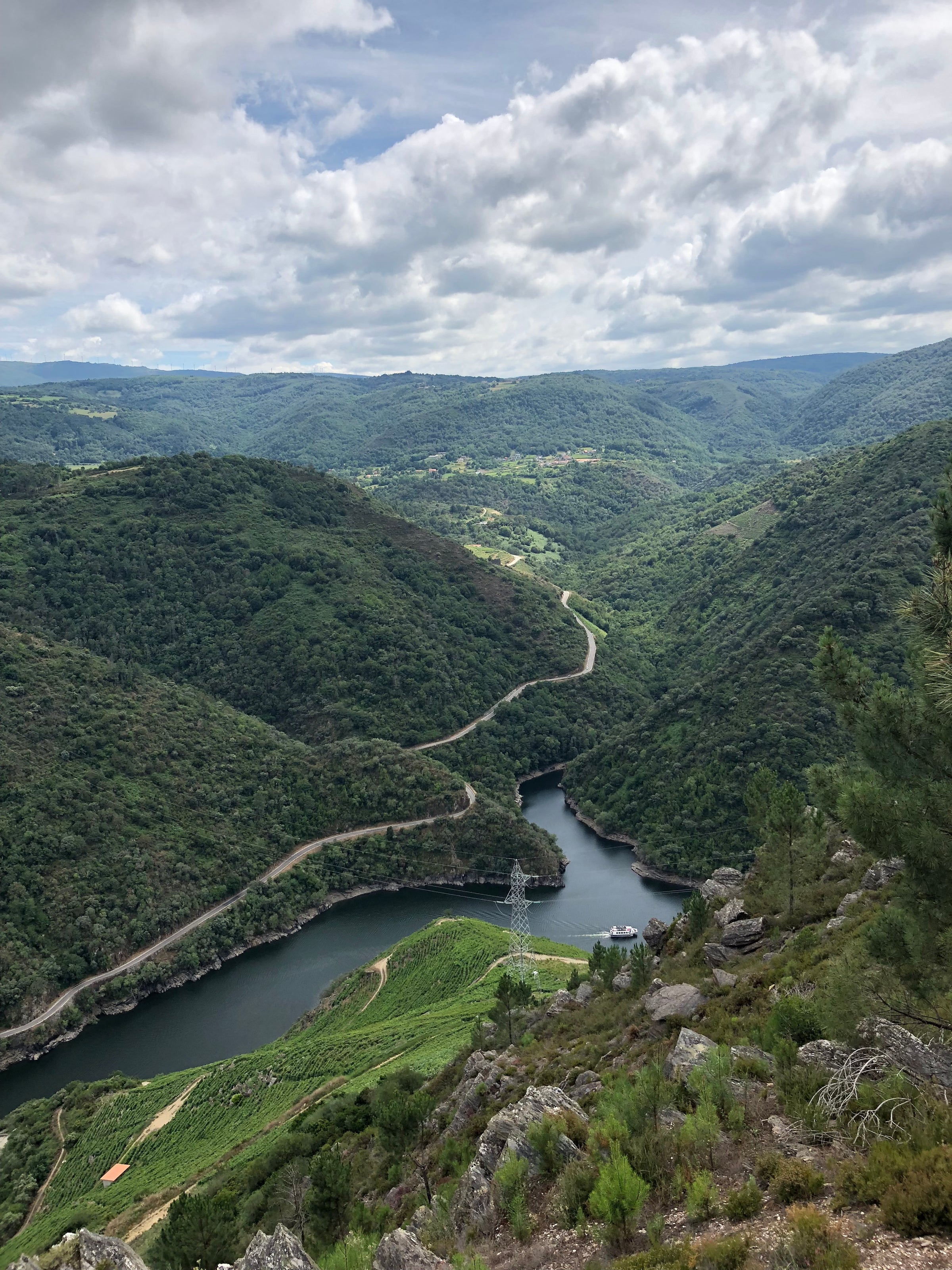Word in the industry is that prominent Spanish estates have been vying for the vines of the Fernández Gómez family, whose roots in Rioja go back more than a century.
Their holdings in the Riojan towns of Labastida (where the winery is located), Briñas, Villalba and Briones are coveted sources for premium, sustainably grown, ancient-vine Tempranillo (among other classic varieties), and today’s wine shows off that heritage while also offering incredible value-for-dollar. This 2014 shows the complexity and depth of a Reserva, but retains the youthful fruit characteristic of proper Crianza styles. Fruit-forward and driven by minerality, it explodes onto the palate with gusto and has a way of making sure your hand is always within reach of the stem. After we tasted this wine, it was immediately shortlisted for sub-$30 Spanish red of the year. I’m confident you will agree.
Tierra is currently run by three brothers who are following the footsteps of four grower- generations before them. They are are the first of their family to venture out into wine commercialization and the centuries of growing history before them truly shows in their product. Today, they forge ahead with one simple goal: to create high quality wines from the best terroirs in Rioja Alavesa (one of three subzones of Rioja). Out of the three subzones, Rioja Alavesa is the most suited for Tempranillo designated for Crianza, whereas Rioja Alta is built for longevity (think back to our Gran Reserva 904 offerings) and Rioja Baja is best for juicy Garnacha. With a warm Mediterranean impact, many south-facing vineyards, and younger sedimentary soils with limestone deposits, Rioja Alavesa creates the perfect environment for accessible, earlier-drinking Tempranillo.
The wine, 100% Tempranillo, incorporates fruit from vines ranging in age from 30 to 100 years, all from estate-owned sites in Labastida, which are farmed sustainably and without irrigation. Grapes were hand-harvested and the majority of them were transported in small, 30-pound crates—a burdensome task in the interest of quality. At home base (the winery abuts their house), the grapes were destemmed and fermentation was carried out naturally. The wine was aged for 12 months in oak barriques (225 liter capacity) in Tierra’s underground network of four interconnected caves dating back 600 years. It also saw additional aging after bottling.
In the glass, the 2014 Tierra Crianza reveals a dark ruby, near-garnet center leading out to slight pink reflections on the rim. Dense fruit is flaunted on the nose: ripe black cherry, sweet and sour plum, boysenberry, currant, and peeled persimmon. On the palate, the classic elegance of Rioja is revealed with a rush of wild herb, dried dill, sandalwood, and a touch of exotic spice. This is a wine full of personality, unabashed to show off its juicy core followed by a bright, lingering finish. Although its Crianza label denotes a wine that’s ready to drink now, I can absolutely see this improving over the next 3-5 years. When consuming, allow for a quick 15-30 minute decant at a hair above cellar temperature. It will pair with an array of dishes, but my mind put it alongside a tender pork roast with a cheese/charcuterie appetizer that should (always) include manchego and chorizo.
¡Salud!





